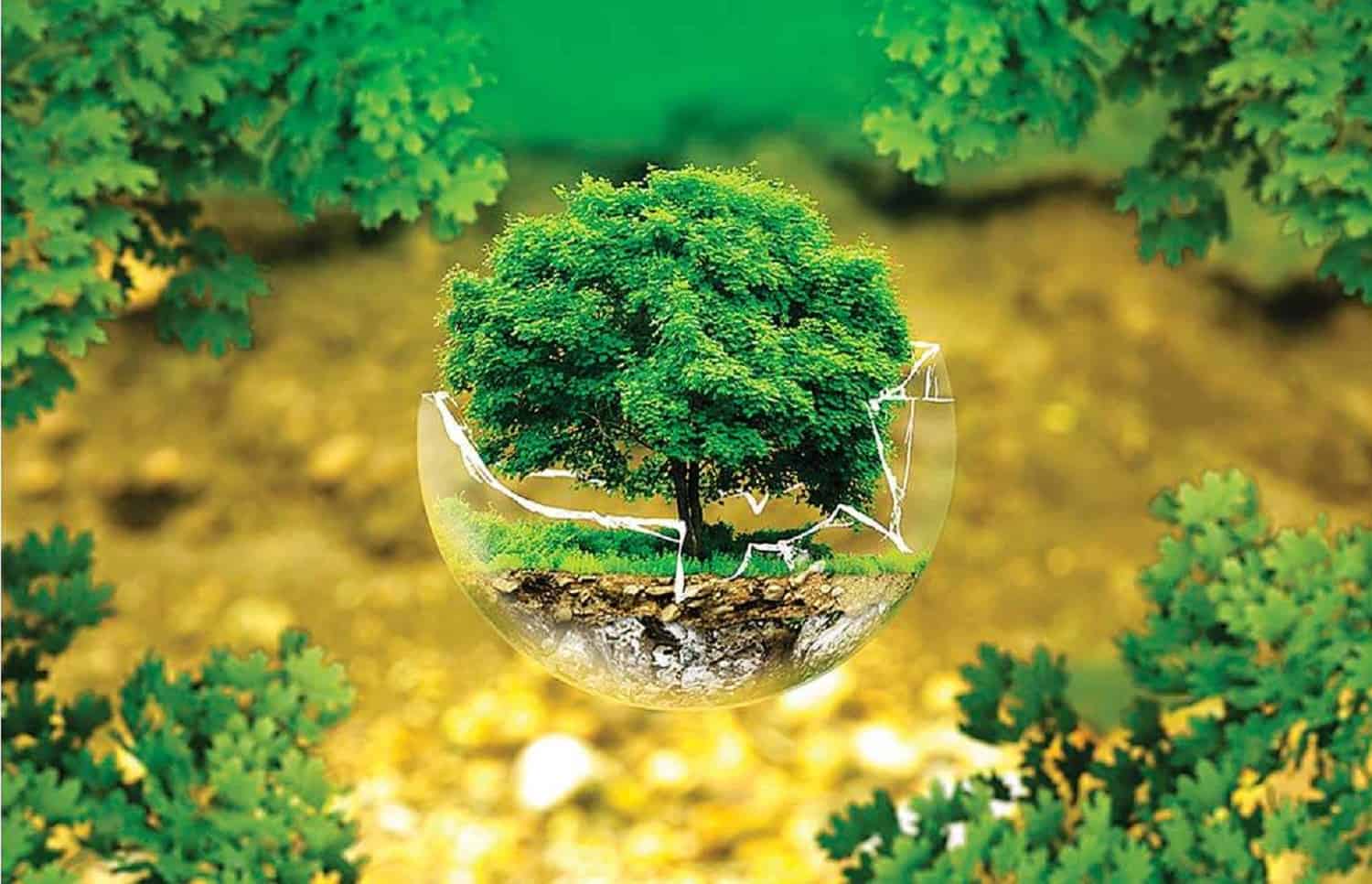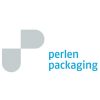Vinyl Plus and Perlen Packaging held a webinar focussing on PVC sustainability and the environment.
Perlen Packaging is a global group of companies in the foil manufacturing and coating industry. Its headquarters are in Perlen and it specialises in manufacturing PVC based blister foils for pharmaceutical primary packaging.
Vinyl Plus is a programme for the sustainable development of the entire PVC value chain, to which the European PVC industry can voluntarily commit. The issues were discussed by the Technical Director of Vinyl Plus, Stefan Eingärtner and Detlef Wolters, Head of Technical Services at Perlen Packaging.
What initiatives is Perlen Packaging launching in cooperation with Vinyl Plus for the PVC industry with regard to the circular economy?
Detlef Wolters:
VinylPlus has committed to recycle at least 900,000 tonnes of PVC by 2025. Almost 771,000 tonnes of that was achieved already in 2018. The «Recovinyl» initiative by VinylPlus provides a platform where PVC recyclers can be certified and listed as providers. It brings together waste providers and recyclers in a targeted manner. It is worth highlighting that PVC recyclate is mainly used in durable goods such as window profiles and tools for the construction industry, which makes it very sustainable recycling.
As a manufacturer we also observe the recycler’s requirements for our materials very closely. As the manufacturer of the ground material for pharmaceutical tablet blister packs, the aluminium push-through foil poses a particular challenge for us. It is almost inseparably bonded with our foil, which hampers recycling to new-goods-quality. But it can still be recycled, as explained in greater detail in the next section. We are also working on solutions to replace the aluminium foil in the future and make a step towards the circular economy. For example, after reprocessing, pharmaceutical blisters could flow into secondary packaging, such as for syringes. This can be done easily as we do not use plasticizers. Currently, one of the main problems is that pharmaceutical blisters are not collected. At one time there was a collection system for pharmaceutical blister packs in Germany; tablet blisters were returned to pharmacies, but the collection system was stopped when ‘yellow sacks’ were introduced, which is a shame, because the blisters now go into thermal recycling. At least this no longer causes the problems discussed earlier with dioxin and chlorine pollution at municipal incineration plants.
Where does Perlen Packaging stand on the use of renewable raw materials (bio PVC)? Is it possible or planned?
Detlef Wolters:
We don’t currently see renewable raw materials as an option. There are ethical issues with the use of arable land for chemical products, because the land isn’t used to cultivate food, which will lead to an increase in prices for food on the world market, especially with a growing world population. Making plastics from vegetable raw materials involves a relatively large amount of resources during the cultivation, fertilization and chemical conversion. If these plastics are also classified as ‘compostable’, then the subject of ‘microplastics’ becomes important, because all processed plastics may contain up to 5% non-biodegradable additives, colours etc. The subject of biodegradability is also unconvincing. Most consumers are unaware that in most cases ‘compostable’ requires special conditions like temperature and humidity and these are usually only achieved in industrial conditions. Compostable plastic is currently removed from the recycling stream and incinerated because suitable recycling chains are only available on a small scale at present. It must also be considered that when composted plastics break down into CO2 and water primarily and more energy is required for composting, whereas incineration results in the same decomposition products, but energy can be derived from the plastic.
What are the recycling possibilities for PVC based pharmaceutical packing?
Detlef Wolters:
We must differentiate between production waste and waste that is left after use by the customer.
A large proportion of production waste is already recycled. For example, our production waste is made into winding cores, on which our pharmaceutical foils are wound for hygienic reasons, so that there is no contamination from using cardboard tubes in pharmaceutical production.
But there are already recycling options for finished tablet blisters. One company is Germany, for example, purchases blister waste directly from some of our customers and uses a special process to separate the aluminium foil from the PVC. The PVC powder is then sold to customers in the construction industry, who process the material into the core layer of plastic windows, pipes or spacers, for example, when concreting. Pharmaceutical blisters can usually have a second usage for decades. There is no satisfactory solution yet for pharmaceutical blisters after use by customers. A few years ago blisters were still collected at pharmacies, but used blisters are now thrown into the rubbish, or in Germany, put into the yellow sacks. They are usually then incinerated, as is the case with all small, light plastic packaging. Separating these small quantities is not yet economically feasible. There is also a risk of end consumers not fully emptying blisters. Some medicines have a biogenic effect even in small quantities and incineration above 800 °C is recommended for some and there is considerable responsibility on the part of the recycler, which in the case of doubt always leads to blisters being incinerated. Another way of disposing of post-consumer blisters is the VinyLoop process, a chemical recycling process that has already been used in practice, but failed due to bureaucratic hurdles and the lack of collection flows. But the principle works and would have to be re-structured.
At Perlen Packaging we are doing our part for the circular economy by developing a PVC single material blister. We are achieving this with a combination of our thermoformable PVC ground foils with a push-through PVC cover foil, which meets the requirements for complete recyclability. Material recycled from these pharmaceutical blisters could flow back into the cycle after reprocessing as secondary packaging.
What is the LCA (Life Cycle Assessment) for PVC? How does PVC compare with other plastics?
Detlef Wolters:
Perlen Packaging recently had a LCA study done and we were surprised by the data. Excellent results are shown in terms of climate relevance and environmental impact for processing PVC into pharmaceutical foils and also barrier coating with PVdC, which often follows. Of course this is partly because of the energy management system that Perlen Packaging has used for years, which has led to considerable efficiencies, but also the consistent use of 100% renewable electricity in our German plant, combined with the already very climate-friendly electricity mix for our Swiss coating plant, where the large amount of heat required to dry the aqueous coating also comes from the neighbouring cantonal waste incineration plant. The proportion of salt in the chlorine, 57%, also contributes to much less crude oil being required than in the production of many other plastics.
In summary, the impact of raw materials in climate relevance and environmental impact is about two thirds to three quarters and disposal after use by the end customer accounts for about another 10-20%. With the measures it has implemented already, Perlen Packaging has achieved a very low environmental impact in the processing chain, comprising less that 10% of the processing and use chain.
We are currently evaluating how the potential comparative plastics compare with PVC. Unfortunately there is very little existing literature data on this. So we will probably commission our own comparative study on the basis of recognized data sets in order to obtain a reliable comparative database on PVC and the available comparative plastics.
On the basis of existing data we have early indications that PVC can definitely compete with other plastics in terms of environmental and climate impact. For processing into pharmaceutical blisters, PVC has considerable advantages, such as straightforward processing on customers’ machines, due to the wide processing window and very good deep-drawing and sealing properties. Furthermore, maximum barriers, which are required nowadays for products in high-tech medicine, can be achieved with PVdC. Problem-free processing of these foils by customers contributes largely to the efficiency of packaging in the field of tablet packaging.
What activities is Perlen Packaging planning for the future?
Detlef Wolters:
The above-mentioned comparative study has a key function for us, as it will have a decisive influence on further future activities. No business today can ignore key issues like climate relevance and environmental impact in development, as the consequences would be fatal for the company’s future market position.
Currently there is a roadmap which shows options for a basic material, a high-barrier material and an ultra-high barrier, which meet the requirements of a “circular economy”, i.e. full recyclability. This acknowledges that the existing aluminium foil on a pharmaceutical blister is still the biggest obstacle to the circular economy, as the foil is a foreign substance in plastics recycling.
In the discussion about the most suitable pharmaceutical blister plastic we would ultimately like the objectivity to consider what the greatest benefit is to the environment over the entire process chain. This should be guided by the pros and cons in terms of the manufacturing, processing, use and recycling of raw materials. We want to ensure that preconceived opinions cannot dominate the discussion without reviewing the available data and facts, because we are sure that from an objective, holistic perspective, PVC has a positive future.
The CPH Group (Chemie + Papier Holding AG) was founded in 2001 and is represented by independent brands in the three business areas chemicals, paper and packaging. The Group, headquartered in Switzerland, employs around 1,000 people at production sites in Switzerland, Germany, the USA, China and Bosnia.
Since the founding of the first company in 1818, its success has been based on a sustainable and long-term oriented corporate strategy.







